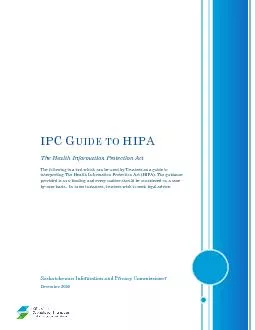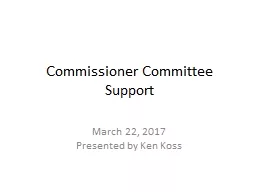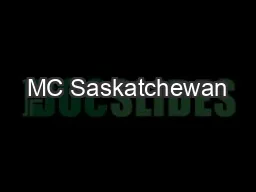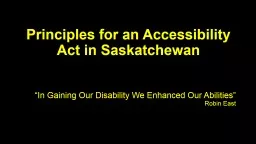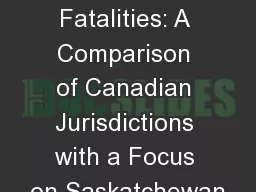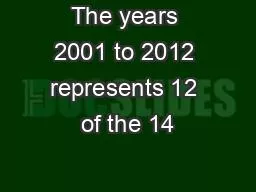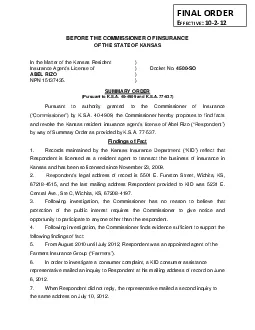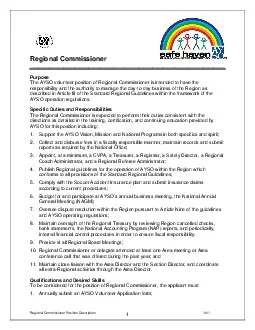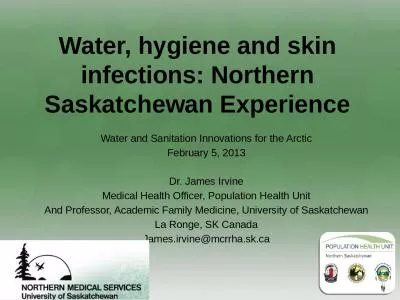PDF-Saskatchewan Information and Privacy Commissioner
Author : fauna | Published Date : 2020-11-24
December 2016IPCUIDE TO HIPAThe Health Information Protection ActThe following is a tool which can be used by Trustees as a guide to interpreting The Health Information
Presentation Embed Code
Download Presentation
Download Presentation The PPT/PDF document "Saskatchewan Information and Privacy Com..." is the property of its rightful owner. Permission is granted to download and print the materials on this website for personal, non-commercial use only, and to display it on your personal computer provided you do not modify the materials and that you retain all copyright notices contained in the materials. By downloading content from our website, you accept the terms of this agreement.
Saskatchewan Information and Privacy Commissioner: Transcript
Download Rules Of Document
"Saskatchewan Information and Privacy Commissioner"The content belongs to its owner. You may download and print it for personal use, without modification, and keep all copyright notices. By downloading, you agree to these terms.
Related Documents

